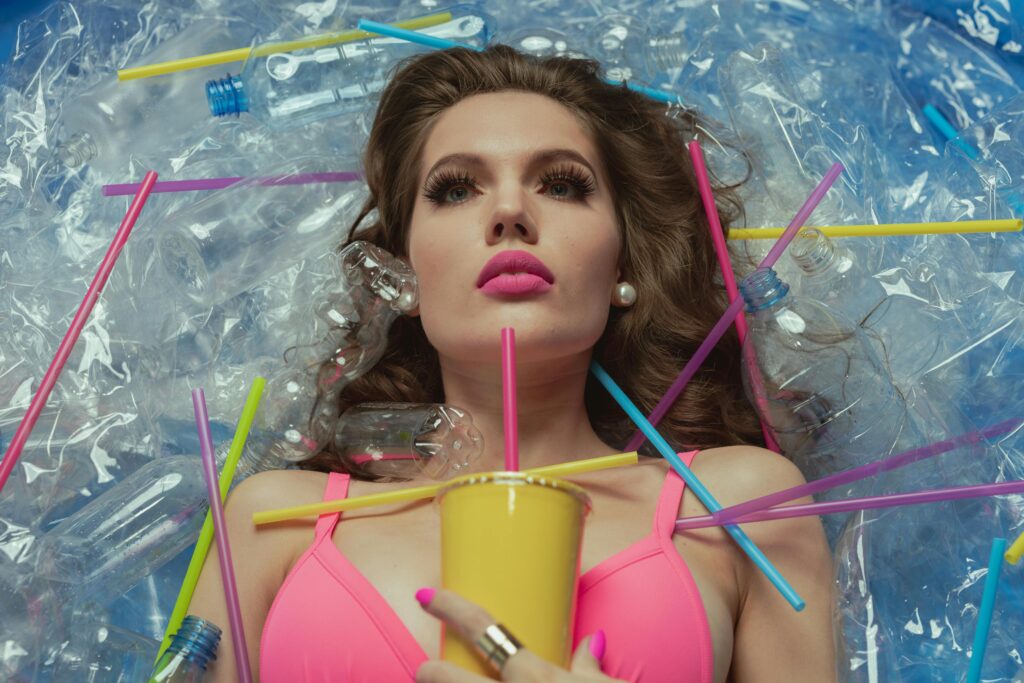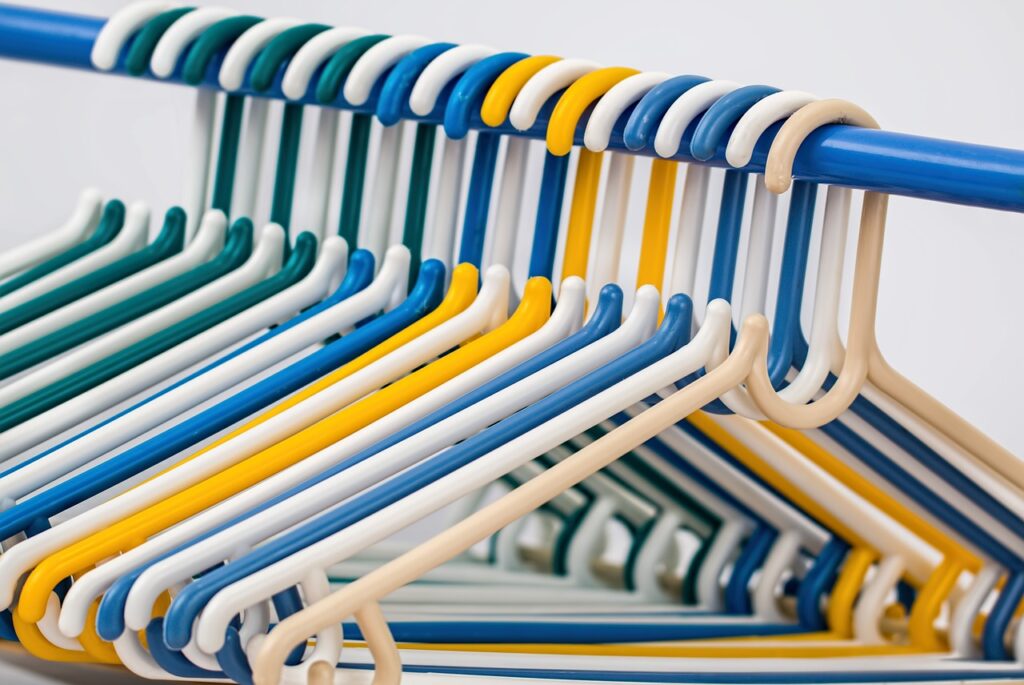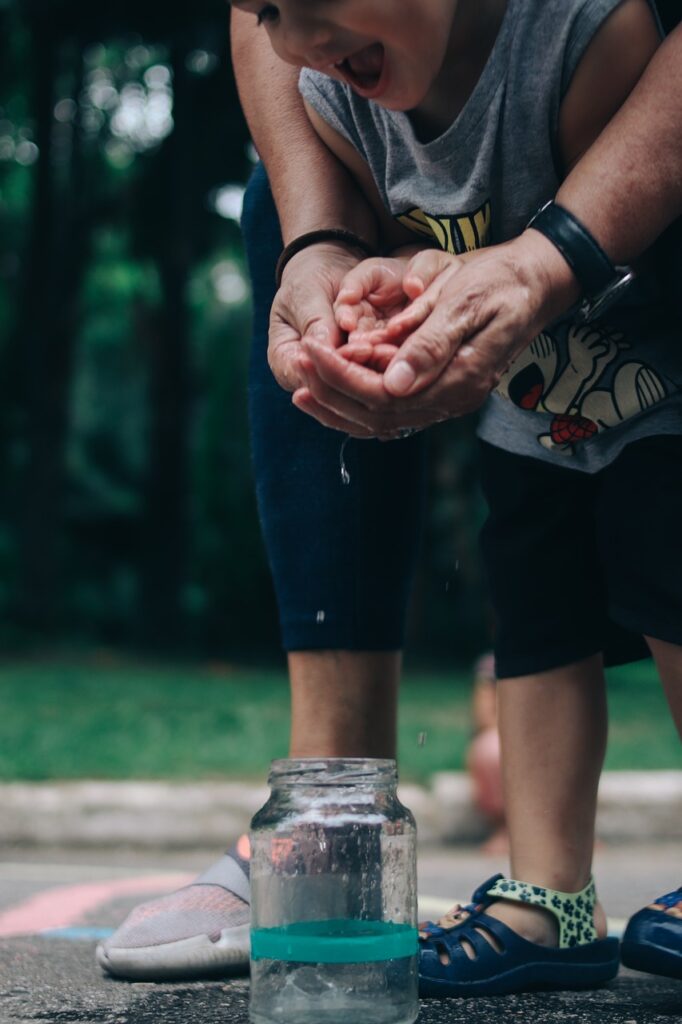Sustainable Fashion: How Fast Fashion Is Being Disrupted by Conscious Consumption

The High Cost of Looking Cheap
The fashion industry produces 10% of global carbon emissions—more than all international flights and maritime shipping combined. As consumers wake up to fashion’s environmental and ethical toll, a powerful movement is emerging: slow fashion. This article reveals:
Fast fashion’s shocking environmental impact
How sustainable brands are rewriting the rules
Practical steps to build an eco-conscious wardrobe
The future of fashion in a circular economy
Discover how your clothing choices can help solve—or worsen—the industry’s $500 billion sustainability problem.
1. Fast Fashion’s Dirty Secrets

👗 The Throwaway Culture by the Numbers
92 million tons of textile waste annually (UNEP)
20% of wastewater worldwide comes from fabric dyeing (World Bank)
35% of microplastics in oceans are from synthetic clothing (IUCN)
🌍 Environmental Impacts Across the Supply Chain
| Stage | Problem |
| Cotton Farming | 24% of insecticides, 11% of pesticides globally |
| Fabric Production | 1.2 billion tons CO₂/year |
| Shipping | 1.5 million tons packaging waste |
Case Study: Making one cotton t-shirt consumes 2,700 liters of water—enough for one person to drink for 900 days.
2. The Rise of Slow Fashion

♻️ What Makes Fashion “Sustainable”?
Materials: Organic cotton, hemp, Tencel™, recycled fabrics
Production: Renewable energy, waterless dyeing, fair wages
Business Models: Rental, resale, repair programs
🌟 Brands Leading the Change
Patagonia: 87% recycled materials + lifetime repairs
Reformation: Carbon-neutral since 2015
Veja: Ethically sourced wild rubber sneakers
Consumer Shift: 67% of Gen Z prefers sustainable brands (McKinsey 2024).
3. How to Build a Conscious Closet

🛍️ The 5 Rs of Fashion Sustainability
Reduce: Buy 30% fewer items (saves ~200kg CO₂/year)
Rewear: Wearing clothes 9 months longer cuts footprints by 30%
Repair: Learn basic mending (needlework saves $400/year)
Resell: Secondhand market to hit $84B by 2030 (ThredUp)
Recycle: Only 1% of textiles are currently recycled into new clothes
Pro Tip: Check certifications like GOTS (organic textiles) and B Corp.
4. The Future: Technology Meets Tradition

🧪 Breakthrough Innovations
Mycelium Leather: Mushroom-based alternative to animal/synthetic leather
Digital Clothing: NFT outfits for social media (reduces physical waste)
AI Design: Algorithms minimizing fabric waste during cutting
🔄 The Circular Economy Vision
By 2030, major brands pledge:
100% recyclable/compostable materials
50% revenue from resale/rental models
Conclusion: You Vote With Your Wallet

Every $1 spent on sustainable fashion:
→ Saves 25 liters of water
→ Prevents 3kg of CO₂ emissions
→ Supports fair wages for workers

Sem comentários